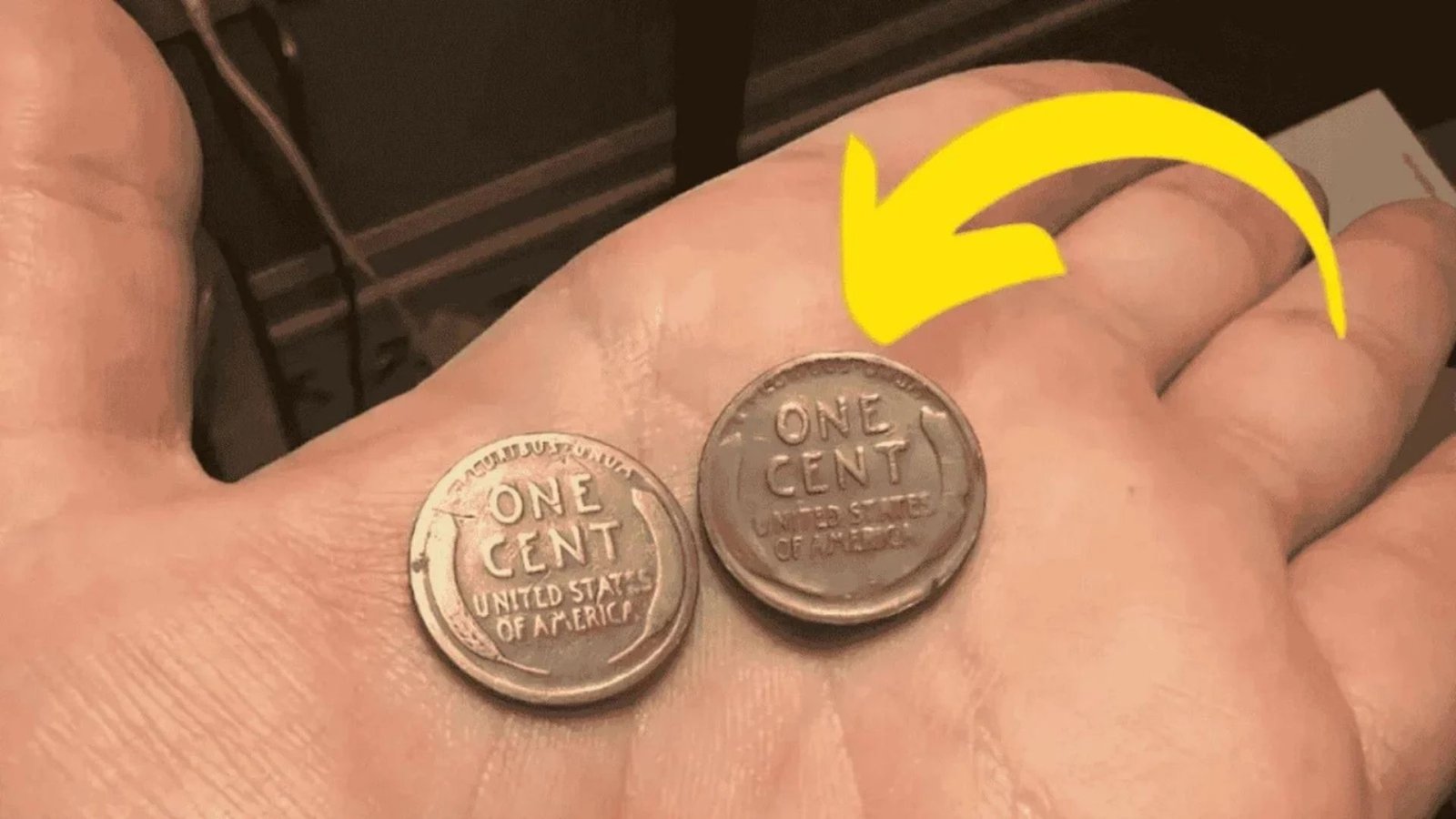The Lincoln Wheat Penny, a small but iconic piece of American currency, tells a story far bigger than its one-cent value. First minted in 1909, this coin holds a special place in numismatic history, reflecting the nation’s pride, artistry, and economic shifts. Whether you’re a coin collector, a history enthusiast, or just curious about this tiny treasure, this guide dives into the fascinating journey of the Lincoln Wheat Penny, its design, historical significance, and why it remains a collector’s favorite today.
What Is the Lincoln Wheat Penny?
The Lincoln Wheat Penny is a U.S. one-cent coin produced by the United States Mint from 1909 to 1958. It was the first coin to feature a U.S. president, Abraham Lincoln, honoring his legacy on the centennial of his birth. The coin’s reverse side, adorned with two wheat stalks, gave it the nickname “Wheat Penny.” This design became a symbol of American resilience during turbulent times, including two world wars and the Great Depression.
Why Was the Lincoln Wheat Penny Created?
In 1909, the U.S. Mint wanted to celebrate the 100th anniversary of Abraham Lincoln’s birth. President Theodore Roosevelt, a fan of Lincoln’s legacy, pushed for a coin to honor the 16th president. The Mint chose sculptor Victor David Brenner’s design, which featured Lincoln’s portrait on the obverse (front) and wheat stalks on the reverse (back). This marked a shift from earlier cent designs, like the Indian Head Penny, and introduced a new era of coinage that connected directly to American identity.
The Design of the Lincoln Wheat Penny
The Lincoln Wheat Penny is admired for its simple yet elegant design. Let’s break it down:
Obverse: Abraham Lincoln’s Portrait
- Portrait: Victor David Brenner created a detailed bust of Abraham Lincoln facing right, based on a photograph from 1864.
- Inscriptions: The obverse includes “IN GOD WE TRUST” above Lincoln’s head, “LIBERTY” to the left, and the minting year to the right.
- Designer’s Initials: Brenner’s initials (V.D.B.) appeared on the reverse in 1909 but were removed from later issues due to public criticism, only to return subtly on the obverse in 1918.
Reverse: The Wheat Stalks
- Design: Two wheat stalks curve along the edges, framing the words “ONE CENT” and “UNITED STATES OF AMERICA.”
- Motto: “E PLURIBUS UNUM” (Latin for “Out of many, one”) sits above the wheat stalks.
- Symbolism: The wheat stalks represent American agriculture and prosperity, a nod to the nation’s rural roots.
A Timeline of the Lincoln Wheat Penny (1909–1958)
The Lincoln Wheat Penny evolved over its 49-year run. Here’s a table summarizing key moments in its history:
| Year | Event | Details |
|---|---|---|
| 1909 | First Issued | The Lincoln Wheat Penny debuted with Brenner’s V.D.B. initials on the reverse. Some 1909-S V.D.B. pennies are highly valuable today due to low mintage. |
| 1918 | Initials Restored | Brenner’s V.D.B. initials were re-added to the obverse, near Lincoln’s shoulder. |
| 1943 | Steel Pennies | Due to copper shortages during World War II, most 1943 pennies were made of zinc-coated steel. Rare copper 1943 pennies are extremely valuable. |
| 1955 | Double Die Error | A minting error in 1955 created a “double die” effect, making some pennies highly sought-after by collectors. |
| 1958 | End of Wheat Penny | The Wheat Penny was replaced in 1959 by the Lincoln Memorial Penny to mark Lincoln’s 150th birth anniversary. |
Why Is the Lincoln Wheat Penny So Special?
The Lincoln Wheat Penny isn’t just a coin—it’s a snapshot of American history. Here’s why it stands out:
1. A Tribute to Abraham Lincoln
The coin was the first to feature a real historical figure instead of symbolic images like Liberty. Lincoln, known for abolishing slavery and preserving the Union, became a fitting emblem for a nation seeking unity.
2. Historical Context
Minted during major events like World War I, the Great Depression, and World War II, the Lincoln Wheat Penny witnessed America’s triumphs and struggles. For example, the 1943 steel pennies reflect wartime resource conservation, as copper was reserved for military use.
3. Collector’s Appeal
Certain Lincoln Wheat Pennies are prized for their rarity or minting errors. For instance:
- 1909-S V.D.B.: Only 484,000 were minted, making it one of the most valuable pennies.
- 1943 Copper Penny: A few copper pennies were mistakenly minted in 1943, fetching millions at auctions.
- 1955 Double Die: This error coin, with its doubled text, is a favorite among collectors.
4. Affordable Collecting
Unlike rare gold or silver coins, most Lincoln Wheat Pennies are affordable, making them accessible to beginner collectors. Common pennies from the 1930s or 1940s can often be found for less than a dollar, while rare ones command high prices.
Key Variations and Rare Lincoln Wheat Pennies
Collectors hunt for specific Lincoln Wheat Pennies due to their scarcity or unique features. Here are some notable ones:
1909-S V.D.B. Penny
- Mintage: 484,000
- Value: Can sell for $700 to over $2,000, depending on condition.
- Why Rare?: Low mintage and the controversial V.D.B. initials make it a collector’s gem.
1943 Copper Penny
- Mintage: Estimated 10–20 coins
- Value: Up to $1.7 million at auction
- Why Rare?: Most 1943 pennies were steel; copper versions were minted by mistake.
1955 Double Die Penny
- Mintage: Unknown, but limited
- Value: $1,000 to $25,000+
- Why Rare?: A minting error caused doubled text and images, creating a striking visual effect.
Other Notable Years
- 1914-D: Low mintage (1.2 million), valued at $150–$3,000.
- 1922 No D: A Denver Mint error omitted the “D” mint mark, worth $500–$10,000.
- 1931-S: Low mintage (866,000), valued at $50–$200.
How to Identify a Valuable Lincoln Wheat Penny
Want to know if your Lincoln Wheat Penny is worth more than a cent? Check these factors:
1. Mint Mark
- Look for a small letter under the year: “S” (San Francisco), “D” (Denver), or no mark (Philadelphia).
- Pennies from San Francisco, especially early years, are often rarer.
2. Condition
- Coins in “mint” or “uncirculated” condition (like new) are worth more.
- Use a grading scale (e.g., Poor, Fine, Mint State) to assess wear and tear.
3. Errors
- Look for minting mistakes like doubled text (1955 Double Die) or missing mint marks (1922 No D).
- Errors often increase a coin’s value significantly.
4. Year and Rarity
- Check the year against known rare dates (e.g., 1909-S, 1943 copper).
- Use a coin guide or consult a professional appraiser for accurate valuation.
Collecting and Preserving Lincoln Wheat Pennies
Collecting Lincoln Wheat Pennies is a rewarding hobby. Here’s how to start:
Tips for Collectors
- Start Small: Begin with common pennies from the 1930s–1950s, available at coin shops or online.
- Use a Guide: Books like A Guide Book of Lincoln Cents by Q. David Bowers offer detailed insights.
- Join a Community: Connect with other collectors through coin clubs or online forums like PCGS or NGC.
- Protect Your Coins: Store pennies in acid-free holders or albums to prevent damage.
Preservation Tips
- Avoid Cleaning: Cleaning coins can reduce their value by scratching the surface.
- Handle Carefully: Use gloves to avoid oils from your skin damaging the coin.
- Store Properly: Keep coins in a cool, dry place to prevent corrosion.
The Legacy of the Lincoln Wheat Penny
The Lincoln Wheat Penny was retired in 1958, replaced by the Lincoln Memorial Penny in 1959. Yet, its legacy endures. The coin’s design inspired future U.S. coinage, and its connection to Lincoln keeps it relevant. Today, collectors and historians cherish the Lincoln Wheat Penny for its artistry, historical context, and affordability.
Why It Still Matters
- Cultural Symbol: The penny represents Lincoln’s enduring impact on America.
- Numismatic Value: Rare pennies continue to fetch high prices at auctions.
- Educational Tool: The coin teaches about U.S. history, from economic hardship to wartime innovation.
Fun Facts About the Lincoln Wheat Penny
- The 1909-S V.D.B. caused a stir because some thought Brenner’s initials were too prominent.
- Steel pennies from 1943 are magnetic due to their zinc-coated steel composition.
- The Lincoln Wheat Penny was the first U.S. coin to feature “IN GOD WE TRUST,” now standard on all U.S. currency.
- Some pennies were minted in bronze, copper-plated zinc, or steel, depending on the year and wartime needs.
Conclusion: Why the Lincoln Wheat Penny Endures
The Lincoln Wheat Penny is more than just pocket change—it’s a piece of American history. From its debut in 1909 to its final minting in 1958, this coin captured the spirit of a nation through war, economic hardship, and progress. Whether you’re a seasoned collector or a curious beginner, the Lincoln Wheat Penny offers a tangible link to the past. Start exploring this iconic coin today, and you might uncover a rare treasure hiding in plain sight!
Ready to Start Collecting?
Check your loose change or visit a local coin shop to find your first Lincoln Wheat Penny. For more information on pricing or authenticity, websites like PCGS (Professional Coin Grading Service) or NGC (Numismatic Guaranty Corporation) are great resources. Happy collecting!




